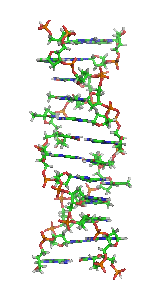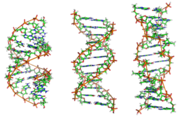
Even at 40in, the 40XF355 sporting Toshiba's ultra-slim 'picture-frame' takes up less space than the companies own 37in C-series LCD TV's.
Certainly with one eye on the visual impact of the 40XF355, the bezel of Toshiba's ultra-slim panel measures a mere 2.3cm wide. The dimensions also have the practical advantage of tempting consumers who would not normally have considered such a large screen.
The Toshiba 40XF355D is certainly not relying on its stunning profile to make its way in the world, as the spec sheet confirms. The 40XF355D sports a 10-bit panel for a broader range of colours along with a Full HD (1920 x 1080) resolution. It generously equipped with 3 HDMI as well as the usual component, Composite and S-video inputs.
As we expected with its similar spec, the performance of the 40XF355D is in many ways like the Toshiba 42X3030D. To get the negative out of the way, colours were often over-saturated with Standard Definition (SD) sources, and although we tweaked settings to achieve good results for any particular source, we could not find a setting we were content with in all situations.
Plug in a High Definition (HD) source however, and it becomes immediately apparent where this TV excels. HD pictures are quite sumptuous, with a sharpness and clarity that places it firmly in the leading pack of LCD TV's in this respect. Fast action sporting or movie action shows just how capable a screen this is. There is almost a total lack of motion judder, with one of the most natural looking fast action displays we have seen. Colours were deep and vibrant with a naturalism that was impressive in all situations whether the scenes were dark or bright.
http://hdtvorg.co.uk/news/articles/2007122401.htm





